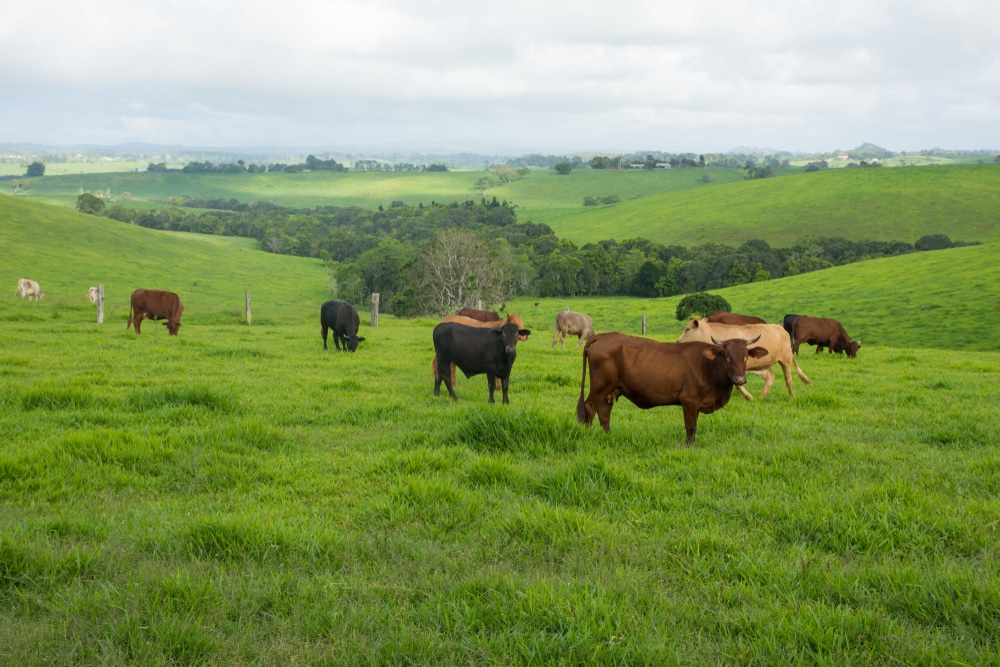
Fertile soil is literally teeming with an amazing variety of plant and animal life, most of which are microscopic and thus little known nor appreciated by the average person. They form a valuable “work force,” performing a multitude of chemical transformations, as well as many other services.

To get our cultivated plants growing like weeds we often need to make some interventions. These interventions could be the addition of finely ground, mineral-rich rockdust, developing and encouraging the soil’s aerobic biological life or managing the energy or dynamics of our farm environment consciously.

Soil health and soil quality have evolved as important concepts as we continue to expand our understanding of soil as the vital factor for vigorous plant productivity. These concepts have also stressed our awareness that soil is indeed a limited non-renewable resource that requires deliberate stewardship to avoid or minimize its degradation.

It’s strange to think that plants have a hard time getting enough nutrients when soils are composed of around 45 percent minerals. Many of those minerals are the nutrients plants need to grow, photosynthesize, flower, pollinate and produce fruit or seeds. Although soil is a huge bank of minerals, most of those minerals are not in a form the plant can use.

In total, I produce more than 1.5 cubic meters (about one metric ton in weight) of worm humus per year. This is enough to make me completely self-sufficient. The next year, the vermicompost in the second chamber is ready for use. As soon as one half has been completely emptied out, it is immediately replaced with new seeded material. Then the worms can go back to feeding from both sides.

Scarabaeidae sacer became an Egyptian obsession because the beetle united no less than three elements of their culture, sun, soil, cattle. A very large beetle, this sacer character preferred cattle dung to camel droppings. It reminded of the civilization along the Nile, of the sun in its morphology, the rising sun, that is.








